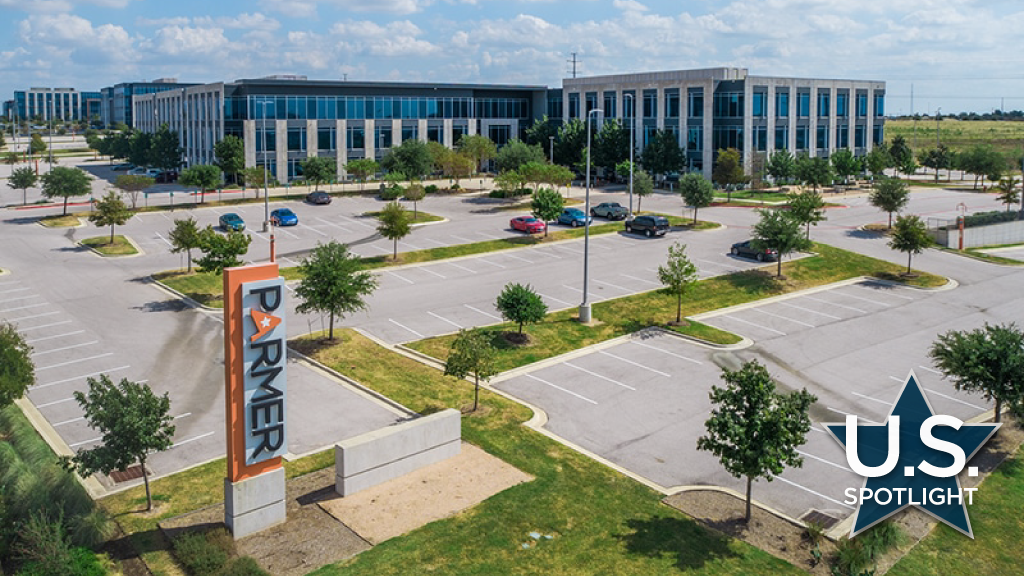It’s been called the “Texas Miracle.”
Over the past few decades, the state has grown to become the world’s ninth-largest economy with promises of low regulations, low taxes and low costs. This has lured hundreds of companies, billions of dollars and millions of people.
However, the slowing national economy, increased inter-state competition for new investment and a severe lack of affordable housing have Texans beginning to think the unthinkable: Is the Texas Miracle ending?
In 2022, Texas remained number one in the country in terms of new corporate facilities. However, recent data tells a cautionary tale. Corporate relocations from out of state, once a mainstay of “Texas braggin,’” fell from over 160 in 2021 to around two dozen last year. Only seven have been announced so far in 2023.
New commercial construction and investment has taken a hit as a result. Some new projects have either being shelved or are heading to other states.
For example, Micron Technology announced in late 2022 that it semiconductor fabrication facility in New York State rather than Texas, a major blow to the state’s prestige.
And it’s not only technology companies changing plans. Petroleum company Placid Refining is moving its headquarters from Dallas-Fort Worth to Louisiana, a new $66 million investment across the state line.
Meanwhile, major Texas technology employers are cutting back on their workforce commitments, the reflection of a slowing national economy. This has hit Austin quite hard. Austin has grown to become the in the country, with an average of more than 180 people moving in each day.
In combination with major staff layoffs, the office vacancy rate in Austin has increased from 7.6 per cent to over 17 per cent.
Remote work is one reason for this increase, and cited specifically by Home Depot when the company closed its north Austin technology centre. It will attempt to the 200,000 square foot building. 3M also plans to sublet over 200,000 square feet of its lab and office space in Austin, representing two-thirds of its former footprint. Meta has announced it will back out of a 589,000 square foot building in the downtown.
But perhaps it’s just a temporary setback.
A in April by Crosswinds Media and Public Relations suggests that two-thirds of Americans surveyed still feel Texas is a good place to start a business, up 13 per cent from last year.
In fact, California-based Alexandria Real Estate Equities Inc. has taken advantage of the current slowdown in Texas by buying two million square feet of Austin commercial space for future development.The other factor that puts the Texas Miracle at risk is the state’s underlying housing affordability. Recent data indicates the home cost advantage Texas used to enjoy versus the East and West Coasts has narrowed.Housing demand is projected to far exceed supply. State population has increased 50 per cent from 2,000 to over 30 million today, and could hit 55 million by 2050, to U.S. Census data. The demand-supply miss-match has raised the cost of an average Texas home by over 40 per cent since 2019, according to some reports. Rental accommodation costs have also increased dramatically across the state.
Texas also has the sixth highest property taxes in the country. This remains a lingering problem after State bills proposing to reduce those rates were shot down in May.
It’s not as if houses aren’t being built. New residential developments are being announced around the state regularly. In fact, the Texas Real Estate Research Center at Texas A&M University single-family construction permits increased by 23 per cent from February to March this year.
Urban outskirts are absorbing the bulk of new developments, often in the form of sprawling Master Plan Communities.
But therein lays the conundrum of where workers live versus where they work. If low and medium-wage earners can’t afford to live near their place of employment, the viability of certain corporate relocations or expansions becomes questionable.
According to , grocery giant H-E-B declined to build a new outlet in an unnamed town near Dallas-Fort Worth, citing, “the lack of potential employees living in the area.”
Many employed in downtown districts can’t afford to live there and face long commutes.
Angela Hunt, a zoning and land use attorney and former member of Dallas City Council, it succinctly.
“If we aren’t able to find a way to lower our costs associated with housing and to create affordable options, we face the risk that Texas will lose business as a result.”











Recent Comments
comments for this post are closed